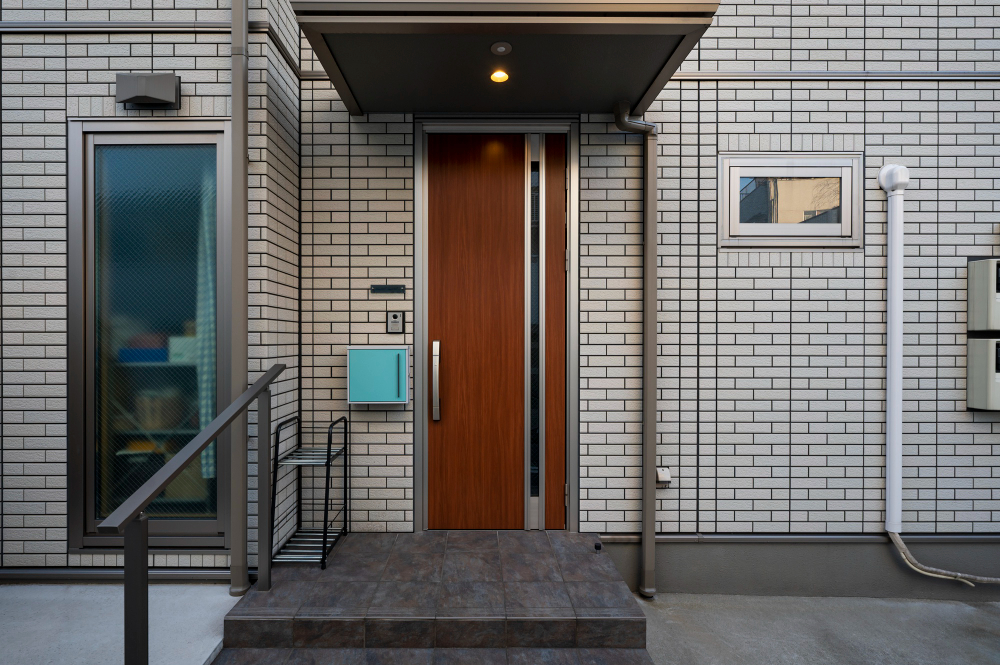Understanding the Elevator Lift Capacity Guidelines
Post Date : Mar 22, 2024
In today’s modern high rise buildings, stair climbing is comparable to mountaineering and then there comes the elevators to lift us up. So, prioritizing lift maintenance is as essential as providing our bones with vitamins to support walking. Regulatory authorities establish lift capacity guidelines according to industry standards to ensure safe and smooth operation. These guidelines specify the maximum weight limit for different elevators based on various factors. Adhering to these guidelines is essential to uphold elevator weight limits, prioritizing safety and regulatory compliance.
However, many passengers may not be aware of the importance of elevator weight limits. But understanding elevator lift capacity guidelines are essential for both passengers and building managers to ensure a safe and reliable transportation experience within a building.
Let’s delve into the reasons why elevator weight limits matter.
Factors affecting Elevator Capacity
Elevator weight is a parameter of the maximum weight a lift can carry safely. Exceeding the specified capacity will result in compromised performance and safety. It is also important to research and understand the legal and regulatory requirements of the industry and ensure compliance to avoid penalties or legal issues.
As more passengers enter the elevator, the elevator's carrying capacity faces increased strain. Additionally, passengers with heavy items or luggage can impact the elevator's weight limit. Therefore, it is really crucial to adhere to the mentioned capacity of an elevator for safe and smooth elevator ride.
High speed elevators may have lower weight limits compared to low speed ones.
The construction and design of the building significantly impact the elevator’s capacity as high occupancy buildings require high speed elevators that is why commercial or public buildings usually have larger elevators to accommodate more individuals and heavier loads.
Key Considerations for Lift Capacity
Implement clear signage near the elevator indicating its weight limit and encourage users to respect these guidelines.
Passenger Load: Lift capacity guidelines take into consideration the typical weight of passengers to determine the maximum number of individuals allowed in the elevator at any given time. It is crucial to prevent overcrowding to ensure a smooth and safe journey.
Goods Transportation: Elevators designated for transporting goods or heavy equipment must adhere strictly to specific capacity guidelines. Overloading these elevators can result in mechanical failures and elevator malfunctions, posing significant safety risks to both users and property. Regularly conducting load tests can help prevent accidents and prolong the lifespan of an elevator, making it a vital aspect of proper building management.
Accessibility Requirements: Lift capacity guidelines also account for accessibility needs, particularly for individuals with disabilities. Elevators serving wheelchair users or those with mobility impairments must accommodate their specific requirements by providing ample space and appropriate weight capacity.
Maintenance and Inspection: Regular maintenance and thorough inspection of elevators are essential to ensure compliance with lift capacity guidelines. Building owners and facility managers should schedule routine checks and maintenance to promptly address any issues related to elevator capacity and performance, thus ensuring continued safety and reliability.
Conclusion
Elevator weight limit is not just a point to remember but a guideline that needs to be strictly followed, as lift capacity calculation is done after considering all the safety factors, including the recommended capacity of the lift for large office buildings. In summary, understanding elevator lift capacity guidelines is crucial to ensure the safe and efficient movement within modern high-rise buildings. Adhering to these capacity guidelines is vital for both passengers and building owners, as they are established by regulatory authorities to guarantee the smooth and safe operation of elevators.
Furthermore, the architectural design of the building determines the type of elevator that needs to be installed. Regular maintenance of elevators is crucial for its perfect working. At Polo Elevators we ensure strict compliance with elevator safety standards during both installation and maintenance procedures.






